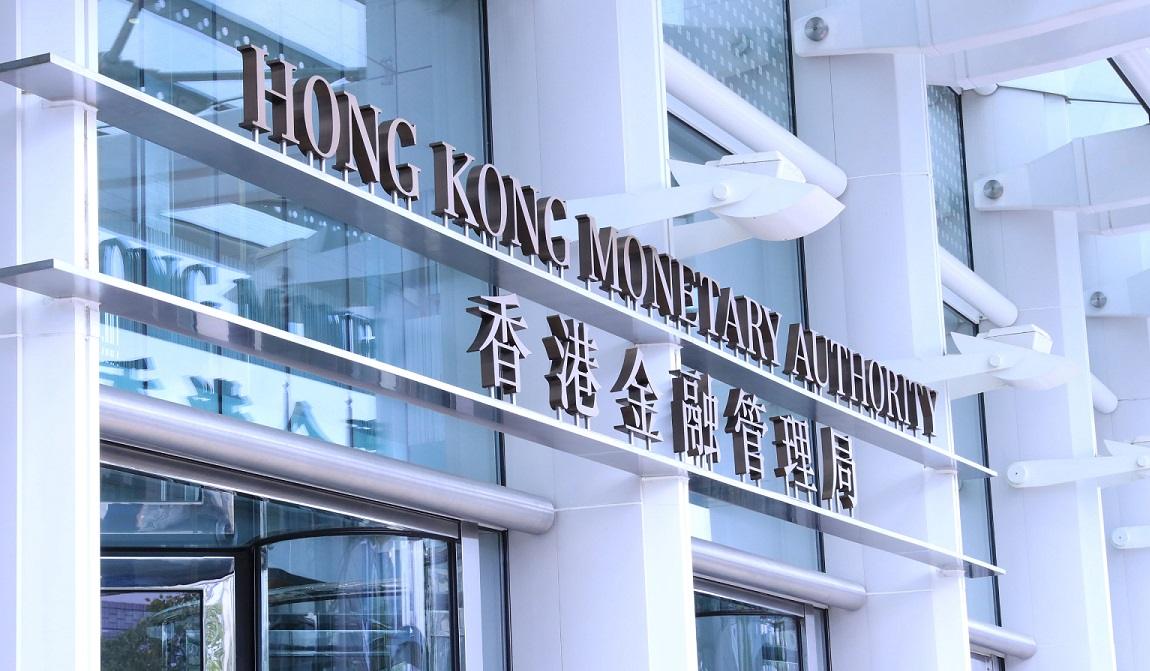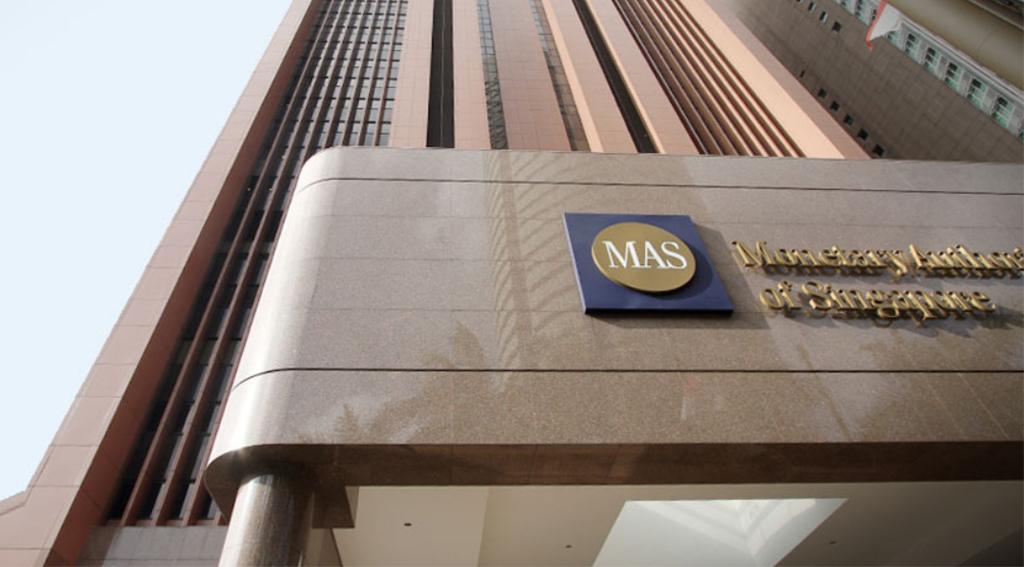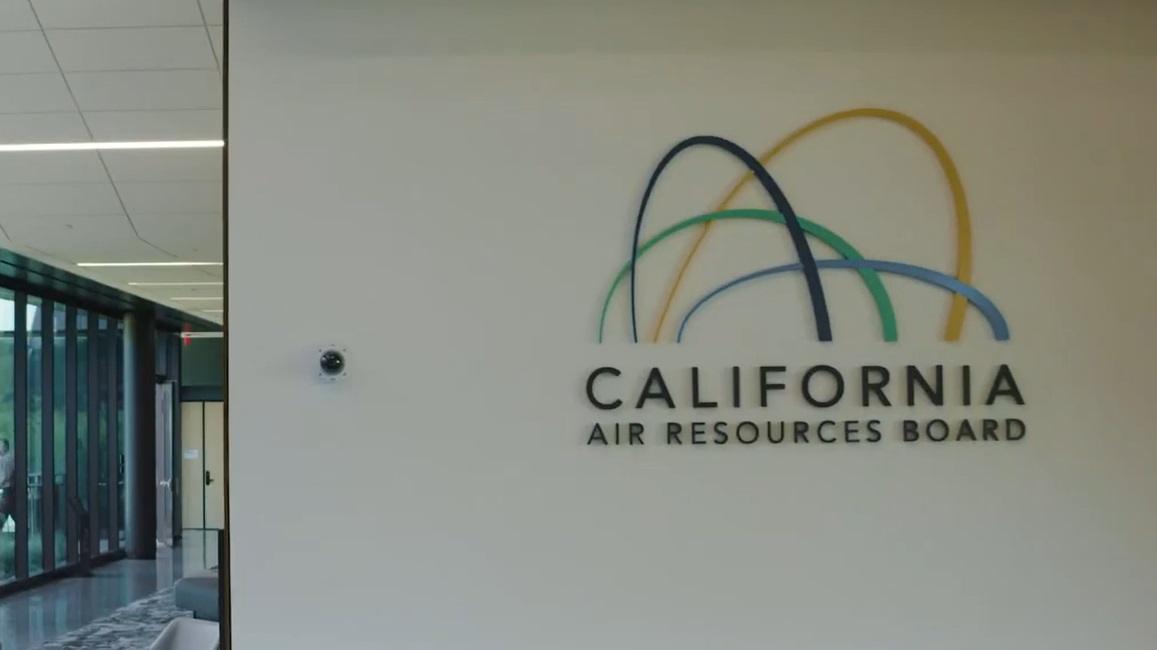Hong Kong Proposes Expanding Sustainable Finance Taxonomy to Transition Activities
The Hong Kong Monetary Authority (HKMA), Hong Kong’s central banking institution, announced the release of a draft update of the Hong Kong Taxonomy for Sustainable Finance – its classification system for defining and classifying environmentally sustainable economic activities in order to mobilize capital to these areas – with proposals to expand the Taxonomy to include transition activities as well as new sectors and activities.
The new proposals follow the publication in May 2024 by the HKMA of its initial Taxonomy, aimed at providing a framework to allow investors to identify and invest in activities that generate a positive impact on the environment, and to avoid those with a negative impact, as well as to align investments with climate goals, reduce the risk of investing in assets that are not aligned with a low-carbon future, and to unlock of investing in assets that are not aligned with a low-carbon future.
When initially published, the HKMA said that it aimed to use a phased approach to establishing the Taxonomy, adding more sectors and categories over time, including plans to introduce transition categories.
According to the HKMA, the expansion of the Taxonomy from only green categories to now include transition elements “is critical for driving the decarbonisation of the real economy,” by enabling the mobilization of transition finance to high-emitting sectors, such as energy and manufacturing, in order to allow them to shift towards more sustainable practices, while taking “a view to balancing environmental imperatives with economic growth.”
The proposed transition category covers carbon-intensive activities on a “time-bound decarbonization journey to align their operations with a 1.5°C trajectory,” and to ultimately reach net zero in 2050, as well as activities that may not ultimately align with green criteria, but enable substantial near-term reductions in greenhouse gas emissions. The “time-bound” requirement of the transition category prescribes sunset dates for activities and measures, which vary by sector and activity to take into account factors such as technological readiness, environmental impact, and regulatory policies, among others. For example, the draft notes that the Maritime sector has a sunset date for transition activities of 2030, in alignment with international shipping standards, while the Energy sector has a sunset date of 2035 to allow for the development of emissions-reducing technologies.
The initial Hong Kong Taxonomy covered 12 economic activities across 4 sectors, including power generation, transportation, construction, and water and waste management. The new proposed “Phase 2A” would increase the scope of the Taxonomy to the manufacturing and information & communications technology sectors, and would add 13 new categories, including transmission and distribution of electricity, district heating and cooling, and low-carbon transport infrastructure, among others.
The new draft also proposes expanding the scope of the Taxonomy from a focus on climate change mitigation to include climate change adaptation as a new environmental objective, citing a growing need to direct funding towards managing physical risks and responding to the increasing frequency of extreme weather events.
Going forward, the HKMA said that it aims to expand the Taxonomy further in future phases, including adding activities in the currently covered sectors, potentially expanding its coverage to sectors such as Carbon Capture, Utilization and Storage, further developing the climate change adaptation objective, as well as exploring the role of “Do No Significant Harm.”
The HKMA launched a consultation on the proposed Phase 2A, which will remain open until October 8, 2025. Click here to access the draft and consultation.






